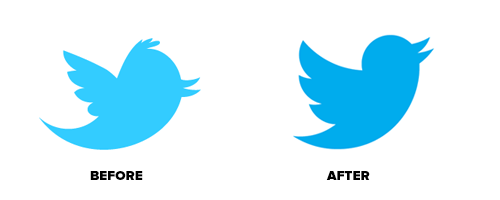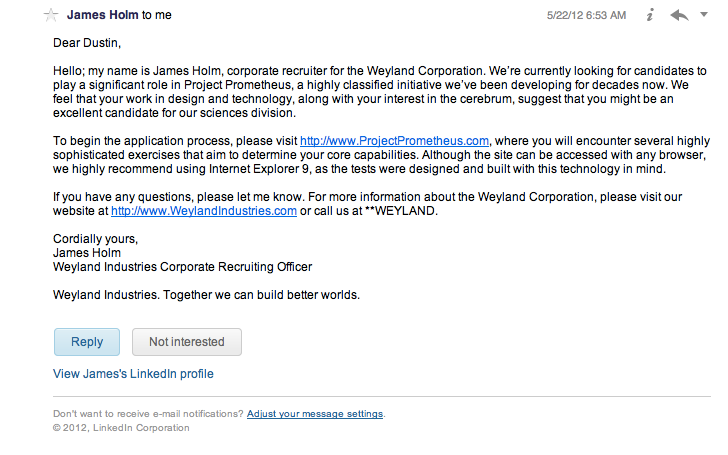Twitter’s new logo
Twitter has modified its bird logo and cemented it as the solid logo and visual brand for the company:
Starting today you’ll begin to notice a simplified Twitter bird. From now on, this bird will be the universally recognizable symbol of Twitter. (Twitter is the bird, the bird is Twitter.) There’s no longer a need for text, bubbled typefaces, or a lowercase “t” to represent Twitter.

This is definitely a huge improvement. The new bird feels like it’s flying.


